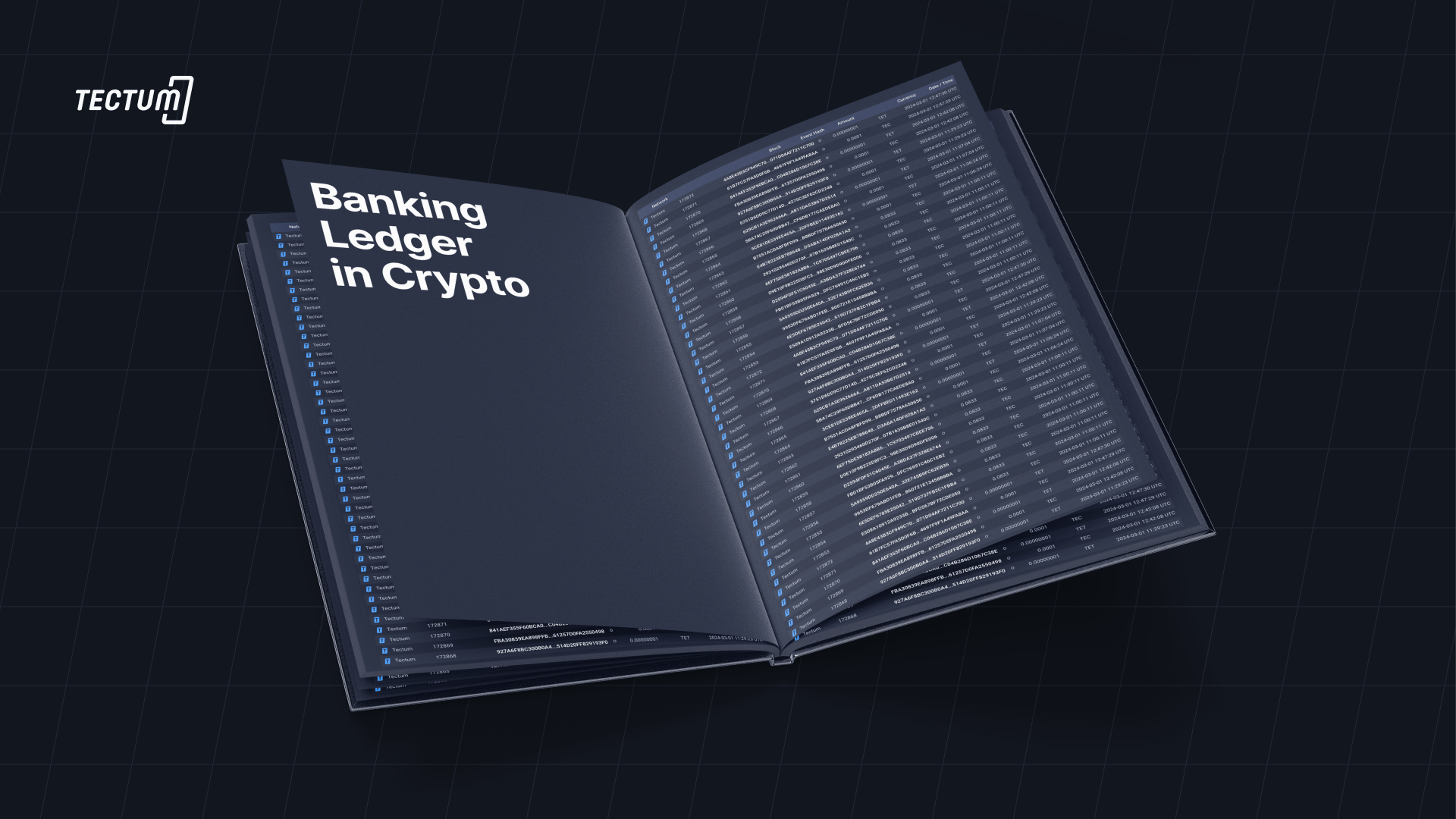This article explores how blockchain ledgers differ from traditional bookkeeping. We’ll examine their core advantages, various types, and real-world applications powering everything from Bitcoin to supply chain tracking. What is a ledger in blockchain if not the foundational innovation enabling trustless, transparent transactions in our digital age?
We’ll also trace the evolution from ancient clay tablets to today’s distributed ledgers, showing how blockchain represents the latest—and most disruptive—chapter in humanity’s eternal quest for better record-keeping systems. The implications extend far beyond cryptocurrency, reshaping how we verify ownership, establish trust, and exchange value globally.
What is a Ledger in Blockchain? The Basic Concept
A ledger in blockchain is a decentralized, digital system for recording transactions. Unlike traditional ledgers, it operates without a central authority. What is a ledger in blockchain? It’s a shared, tamper-proof database maintained by a network of nodes.
Traditional accounting relies on centralized books, prone to human error and manipulation. Blockchain ledgers, however, use cryptography and consensus to ensure accuracy. This eliminates the need for trusted intermediaries while enhancing security.
Blockchain’s transparency comes from its public, immutable nature. Every transaction is permanently recorded and verifiable by participants. What is a ledger in blockchain? It’s the foundation of trust in decentralized systems, enabling secure peer-to-peer exchanges worldwide.
Transitioning from Traditional Ledgers to DLT
Ledgers have been used for centuries to record transactions, from clay tablets to paper-based bookkeeping. These traditional ledgers tracked ownership, debts, and exchanges. However, they were prone to errors, fraud, and centralized control, creating inefficiencies. The need for a more secure, transparent system grew as economies expanded.
The digital era introduced electronic ledgers, improving speed and accuracy. Yet, these still relied on centralized authorities, risking single points of failure. This led to the question: what is a ledger in blockchain? Unlike traditional systems, a blockchain ledger is decentralized, and distributed across a network of computers. Each participant maintains a copy, ensuring transparency and reducing tampering risks.
Distributed Ledger Technology (DLT) emerged as a solution to trust issues. Bitcoin, in 2009, popularized blockchain, showcasing its potential. What is a ledger in blockchain? It’s an immutable, shared record of transactions, secured by cryptography. DLT eliminates intermediaries, enabling peer-to-peer exchanges while maintaining integrity.
Today, decentralized ledgers power cryptocurrencies, smart contracts, and beyond. They offer scalability, security, and trustless collaboration. As technology evolves, DLT continues redefining how we record and verify data globally.
How Does a Blockchain Ledger Work?

A blockchain ledger is built using blocks of data linked in a chain. For example, Bitcoin’s blockchain adds a new block of transactions every 10 minutes. Each block contains multiple transactions (like Alice sending Bob 1 BTC), a timestamp, and a unique cryptographic hash similar to a digital fingerprint.
Cryptography plays a key role in securing transactions. When you send cryptocurrency, your wallet uses private keys to create a digital signature – like an unforgeable wax seal on an ancient document. What is a ledger in blockchain? It’s like a bank’s record book where every entry is automatically notarized and sealed with tamper-proof technology.
The ledger is distributed across many nodes (computers) in the network. Major blockchains like Ethereum have thousands of nodes worldwide – from individual enthusiasts’ laptops to massive server farms – all maintaining identical copies. This is why even if Amazon’s servers go down, Ethereum keeps running.
Because all participants share the same records, transparency is guaranteed. You can view every Bitcoin transaction since 2009 on public explorers like Blockchain.com. What is a ledger in blockchain? It’s like a Google Doc that automatically updates for all users simultaneously, where no one can secretly edit previous entries without everyone noticing.
What is a Ledger in Blockchain Used For?
Blockchain ledgers primarily track cryptocurrency transactions with perfect accuracy. For example, when you send Bitcoin, the ledger records the sender, receiver, amount, and timestamp permanently. Major cryptocurrencies like Ethereum also use this system to record every ETH transfer and token exchange. What is a ledger in blockchain? It’s the foundational technology that makes digital currencies work without banks.
These ledgers also automatically execute and record smart contracts. A practical example is decentralized lending platforms like Aave, where loan terms written in code self-execute when conditions are met. The ledger immutably stores every contract action, creating an auditable history.
In supply chains, blockchain ledgers verify product journeys. Walmart uses this to track food from farm to shelf, while De Beers traces diamond origins to prevent conflict minerals. What is a ledger in blockchain? It’s a fraud-proof system that brings transparency to complex logistics.
For identity verification, ledgers securely store credentials without central databases. Estonia’s e-Residency program and Microsoft’s decentralized IDs demonstrate how blockchain can manage digital identities while preventing forgery. These applications show how ledger technology extends far beyond just cryptocurrencies.
What is a Ledger in Blockchain’s Key Advantages?
Blockchain ledgers offer game-changing benefits that solve critical problems in traditional record-keeping. These digital ledgers combine advanced cryptography with decentralized networks to create systems that are more secure, transparent, and reliable than conventional databases.
Below are the three fundamental advantages that make blockchain technology revolutionary:
- Immutability: Blockchain ledgers are permanent and tamper-proof. Once data is recorded, it cannot be changed or deleted. For example, if you send Bitcoin to a friend, that transaction is locked into the blockchain forever. Even if a hacker wanted to alter it, they would need to control more than half of the entire network’s computing power—something nearly impossible for major blockchains. This makes fraud extremely difficult, which is why banks and governments are exploring blockchain for secure record-keeping.
- Transparency: Public blockchains (like Bitcoin and Ethereum) allow anyone to view transaction histories—similar to how Wikipedia entries are open for public verification. Meanwhile, private ledgers (like those used by IBM for supply chains) restrict access to approved users while still maintaining blockchain’s core benefits. For instance, Walmart uses a private blockchain to track food shipments, ensuring only suppliers and retailers can access the data while preventing tampering. This flexibility makes blockchain useful for both open and confidential applications.
- Elimination of Single Points of Failure: Traditional databases rely on central servers, which can crash or be hacked. Blockchain distributes its ledger across thousands of computers worldwide. If one node fails, the network keeps running seamlessly. Think of it like a Google Doc shared with 10,000 people—even if some lose access, the document remains available to everyone else. This resilience is why blockchain powers critical systems, from global payments to healthcare records, without the risk of a single outage destroying data.
Common Types of Blockchain Ledgers

Blockchain technology isn’t one-size-fits-all – different ledger types serve different needs. Whether completely open to the world or restricted to select participants, each variety offers unique benefits. Let’s explore the three main categories of blockchain ledgers and their real-world applications:
- Public Ledgers (Bitcoin, Ethereum): Public blockchains are completely decentralized and open to anyone. Like a digital version of a public library’s record book, anyone can read the data, submit transactions, or participate in validation. Bitcoin’s ledger, for instance, allows anyone to track every BTC transaction since 2009 without special permissions. Ethereum takes this further by letting developers build applications on its transparent network. These ledgers excel at creating trustless systems where no central authority is needed.
- Private Ledgers (Hyperledger, R3 Corda): Private blockchains operate like members-only clubs, where access is restricted to approved participants. Hyperledger Fabric, used by IBM for supply chain solutions, allows businesses to share data securely with partners while keeping it hidden from competitors. R3 Corda, popular in banking, enables financial institutions to settle transactions privately before recording essential details on a shared ledger. These systems offer blockchain’s security benefits while maintaining confidentiality for sensitive business operations.
- Hybrid Approaches and Their Uses: Hybrid ledgers blend the best of both worlds. They might keep core data private while allowing public verification of certain information. The XRP Ledger uses this approach – financial institutions can conduct private transactions while the network’s overall integrity remains publicly verifiable. Another example is Dragonchain, which lets businesses keep sensitive data private while optionally making some records available for public auditing. These flexible solutions are gaining traction in healthcare and government applications where both transparency and privacy matter.
Each ledger type serves different needs, from Bitcoin’s radical transparency to Hyperledger’s business-friendly privacy. What is a ledger in blockchain? It’s this versatile framework that can adapt to be completely open, strictly private, or anything in between. As blockchain technology evolves, we’re seeing even more innovative variations emerge to solve specific industry challenges while maintaining the core principles of secure, decentralized record-keeping.











